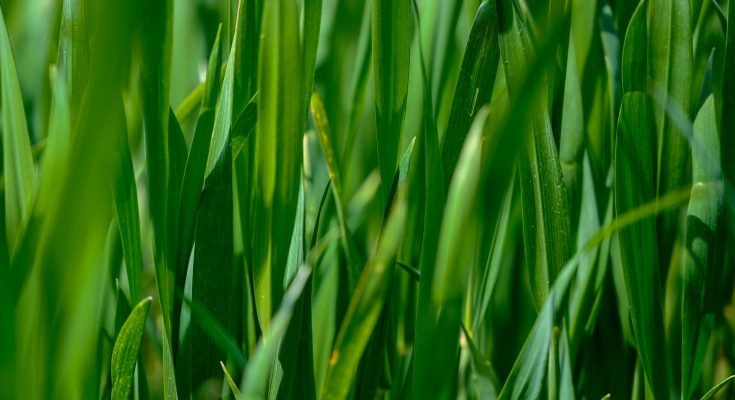As a homeowner, investing in a healthy, vibrant green lawn can benefit you in a multitude of ways. Besides adding aesthetic value, a luscious green lawn can also offer environmental and financial advantages.
A study conducted by the Lawn Institute indicates that a well-managed lawn can give about 100 – 200 percent return on investment, as well as increase your home resale value by 15 percent. When you dedicate the time necessary to achieve a green and patchless garden, you’ll attract a crowd of prospective buyers, anxious to place an offer on the property. While routine lawn maintenance is essential for homeowners of all varieties, it’s especially crucial for those who plan to sell within a one to five-year period.
Besides boosting resale value, the benefits of having a healthy lawn also include fostering soil health, improving air quality, and controlling potentially-destructive soil erosion. With these benefits in mind, a homeowner might reconsider their decision to overlook the importance of regular mowing and watering.
Once you’ve claimed the title of newfound lawn care enthusiast, you’ll need to understand the grass varieties available in the market and learn why high-quality grass matters. Ultimately, you may find that absorbing the additional costs to purchase high-quality grass seed can save you money and frustrations in the future.
Are you wondering how high-quality grass can make a real difference in your home? Read on for more information.
Cheap grass seed vs. high-quality grass seed
One of the best ways to attain a healthy lawn is to invest in high-quality grass seed. However, differentiating the good seeds from the bad often poses a challenge for those budding lawn care enthusiasts.
If you’re anything like most homeowners, you’re probably striving for a healthy, patchless lawn. Although it can be tempting to select a cheaper grass variety when juggling other home maintenance costs, you should remember that compromising quality can negatively impact your garden later. On the contrary, choosing high-quality grass seed can help improve your lawn and prevent additional expenses.
When choosing the best grass variety, ensure you select newer types. Because experts develop these seeds using state-of-the-art technology, these seeds are bound to be greener, finer-textured, and more tolerant of drought, shade, and blistering sun.
Unlike high-quality seed, most cheap grass varieties are pale green in color, coarser, and need double the attention to thrive.
Check the grass seed content
Unfortunately, most people often don’t read through the ingredients list printed on the seed package before purchase. Though seemingly trivial, reviewing the package contents is critical. It informs the buyer of what is in the bag, i.e., the type of grass in the package, the percent of weed seeds, inner matter content, and sprout percentage. Remember that unwanted materials such as fillers, stems, and empty seed hulls can make up a considerable percentage of the grass seeds, affecting growth for the worse.
Because low-quality grass varieties aren’t typically well-sorted during harvest, dirt and other fillers monopolize space in your seed package. On the other hand, high-quality seed mixes contain very little to none of these substances and undergo thorough cleaning to eliminate stems, dirt, empty seed hulls, and any other foreign material found in the field.
Choose grass seed with low weed seed content
Regardless of the size, a single bag of grass seed contains several seed varieties. What does this mean? It means that even with a low weed seed percentage, homeowners may still notice unwanted weed sprouting up on your lawn.
With more pesky weeds intermixed with thriving grass blades, a homeowner can expect to perform additional lawn care maintenance, making the process expensive and time-consuming. To save money, search for the most weed-free grass variety, preferably 99.9 percent weed-free.
Determine the germination percentage
The germination percentage is the actual amount of seed that will germinate or grow. Almost all grass seed labels will indicate the grass types in the bag together and print their germination percentage.
Note that cheaper grass varieties usually have lower germination percentages than high-quality grass varieties. Meaning, if you select more affordable options, you will have to plant more seed to achieve the same amount of grass.
Make an informed investment decision
Obtaining a green, healthy lawn involves conducting in-depth research, along with making informed investment decisions. During the decision-making process, it would help if you considered your preferences and family needs. While cheaper grass seed may cost you less money now, that decision could have less-than-desirable financial implications later.
Additionally, you may also be frustrated down the line, which might discourage you from caring for your lawn. Avoid these issues by purchasing your grass from a reputable, reliable company that guarantees high-quality seed. You should also ensure that the company has the required licenses and adheres to the set industry standards.




